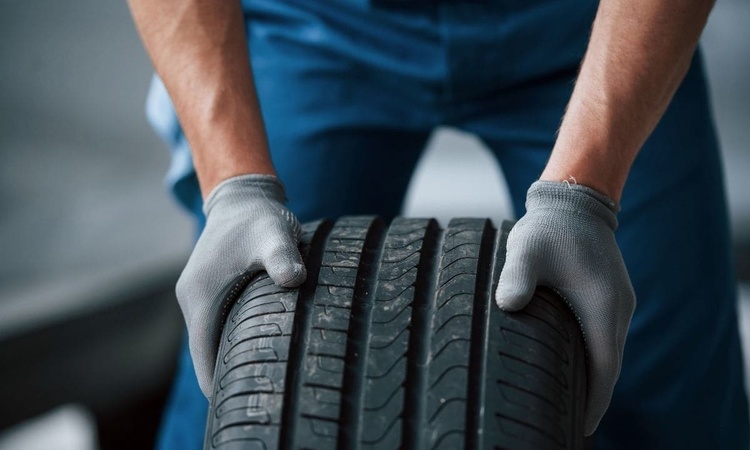Preparing older models for longer service life through refurbishment
Refurbishing older vehicle models can be a cost-effective approach to extend service life, improve safety, and reduce environmental impact. This article explains practical maintenance, diagnostics, and upgrade paths that help older cars and light commercial vehicles remain reliable. It addresses electrification options, fleet considerations, inspection priorities, and financing approaches to support refurbishment decisions.

How does regular maintenance extend service life?
Consistent, targeted maintenance keeps older models on the road longer by addressing wear before it becomes failure. Routine tasks—oil and filter changes, brake inspections, suspension checks, cooling-system service, and timely belt or chain replacement—preserve engine and drivetrain integrity. For older vehicles, attention to corrosion prevention, wiring condition, and seals can prevent small issues from escalating into expensive repairs.
A maintenance plan that records work, mileage, and parts replaced can reveal recurring faults and guide refurbishment priorities. For fleet operators, scheduled preventive maintenance reduces downtime and spreads refurbishment costs, while owners can combine inspections into single service visits to save labor time and detect components reaching end-of-life.
What role do diagnostics and telematics play?
Modern diagnostics and telematics tools bring precision to refurbishing older models. Onboard diagnostics (OBD) readers and advanced scan tools identify intermittent faults, emission faults, or misfires that simple checks might miss. Telematics adds value by tracking usage patterns, idling time, and driving behavior, helping prioritize refurbishment work to components under most stress.
Retrofit telematics modules are available for many older vehicles and can provide actionable data for fleet managers and private owners. Data-driven decisions—such as replacing parts based on load cycles rather than fixed intervals—allow refurbishment budgets to be allocated where they deliver the highest reliability gains.
How to adapt older models for electric or hybrid use?
Full conversions to electric or hybrid powertrains are increasingly feasible for select older vehicles, especially light commercial vans and specialist cars. Conversion involves integrating battery packs, electric motors, power electronics, and appropriate charging systems; structural and weight-distribution considerations are crucial. Hybrid retrofits (mild hybrid or hybrid assist systems) can also improve fuel economy and reduce emissions with less invasive modifications.
Before committing to electrification, evaluate vehicle condition, intended duty cycle, and regulatory compliance for roadworthiness. Charging infrastructure and range expectations must match use: commuting and local delivery often suit conversion better than long-haul applications. For many owners, selective upgrades—such as improving engine management, installing start-stop systems, or fitting low-resistance tires—deliver efficiency gains with lower cost and complexity than full conversions.
How can refurbishment improve safety and commuting reliability?
Refurbishment offers a clear path to improved safety. Replacing worn suspension components, upgrading braking systems, installing modern lighting, and ensuring proper tire condition directly affect stopping distance and handling. For regular commuting, attention to HVAC, wiper systems, and battery health reduces the chance of breakdowns in adverse weather.
Safety-focused refurbishment includes alignment and steering system checks, replacing degraded bushings, and verifying restraint systems. Older models can often benefit from selective modern safety retrofits—such as better headlights or daytime running lights—without altering original vehicle structure.
What financing or leasing options support refurbishment?
Financing refurbishment can be structured in several ways: personal loans, secured loans, or dedicated vehicle improvement loans for owners; lease-end refurbishment programs or fleet refurbishment contracts for commercial operators. Leasing providers and fleet managers often offer scheduled refurbishment and preventive maintenance as part of their service packages, turning upfront capital costs into predictable operating expenses.
When evaluating financing, compare interest rates, term length, and whether service warranties or parts coverage are included. For businesses, budgeting refurbishment as part of total cost of ownership (TCO) makes it easier to decide between refurbishing older units or replacing them with newer models through leasing or fleet renewal programs.
| Product/Service | Provider | Cost Estimation |
|---|---|---|
| Diagnostic scan and basic repairs | Bosch Car Service | $100–$600 per visit (depending on complexity) |
| Replacement parts and refurbishment components | LKQ Corporation (parts distributor) | $200–$1,500 (parts-only ranges) |
| Fleet maintenance and refurbishment contracts | Penske (fleet services) | $200–$1,000 per vehicle/month (service-dependent) |
| Fleet management and refurbishment planning | Enterprise Fleet Management | $150–$800 per vehicle/month (varies by fleet size) |
| Commercial vehicle refurbishment and lease solutions | Ryder | $300–$1,200 per vehicle/month (service scope varies) |
Prices, rates, or cost estimates mentioned in this article are based on the latest available information but may change over time. Independent research is advised before making financial decisions.
Practical refurbishment steps and tuning considerations
A stepwise refurbishment approach yields the best value: start with a full inspection, prioritize safety-critical items, and follow with powertrain and drivetrain work. Tuning and calibration—updating engine calibrations, improving fueling systems, and optimizing transmission programming—can restore efficiency and drivability. For older models, using quality replacement parts and certified technicians reduces the chance of repeat interventions.
Document all work and align refurbishment with inspection schedules, emissions testing, and intended use. For commuting or urban fleet duties, focus on brakes, cooling, and electrics; for longer-haul or heavier use, prioritize drivetrain and suspension robustness. Where possible, choose upgrades that improve fuel efficiency or reduce maintenance frequency to lower lifecycle costs.
Conclusion
Extending the service life of older models through refurbishment combines maintenance discipline, targeted diagnostics, selective upgrades, and careful financial planning. Whether managing a small fleet or maintaining a single commuter vehicle, structured inspection, data-driven decisions, and credible service providers make refurbishment a practical option to enhance safety, reliability, and value retention without necessarily replacing vehicles prematurely.





